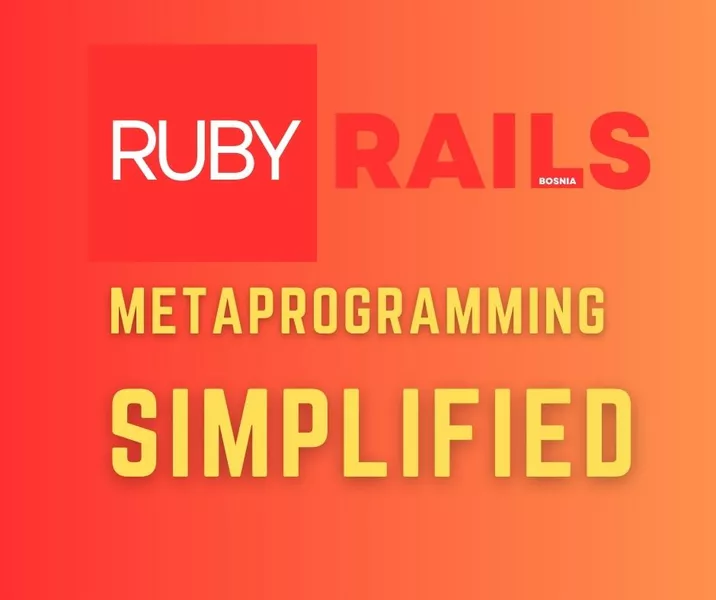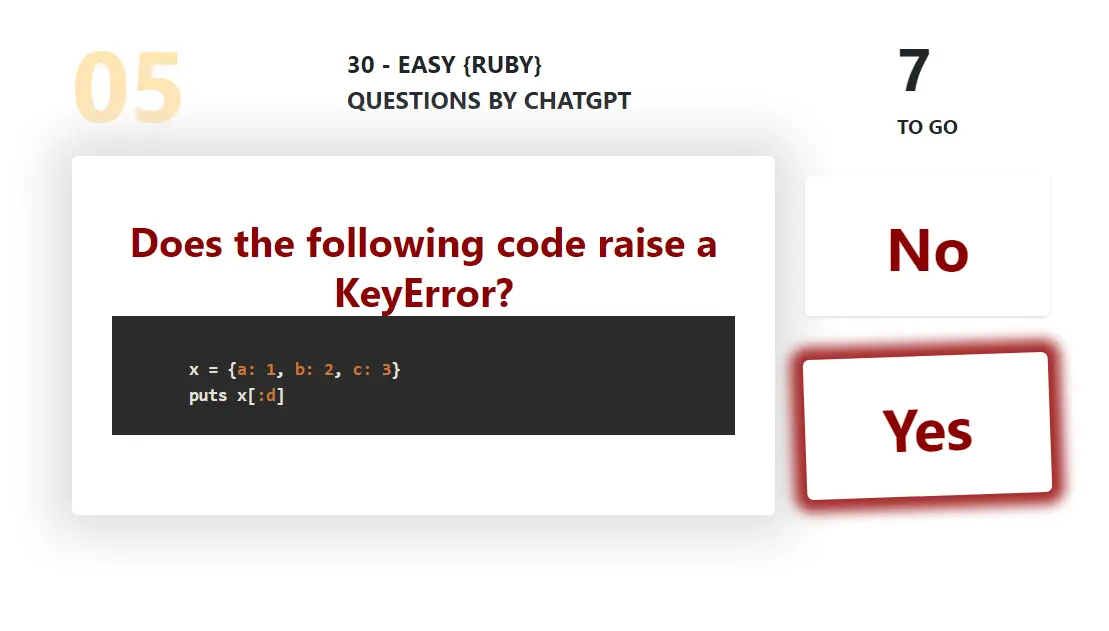
A Beginner's Guide to Ruby Metaprogramming: Using Simple Examples and Tips to Enhance Your Code 17/03/2023 ~ Views: 1575
Metaprogramming is a powerful feature of Ruby that allows you to write code that generates code at runtime. This can be useful in many situations, such as when you want to create dynamic methods or add behavior to an existing class. In this blog post, we'll explore metaprogramming in Ruby and look at some simple examples that beginners can use to get started.
What is Metaprogramming?
Metaprogramming is a technique that allows you to write code that generates other code at runtime. This is done by using Ruby's reflection capabilities to introspect on classes and objects, and then using this information to dynamically generate new code. This can be a powerful way to write more flexible, reusable, and maintainable code.
Metaprogramming in Ruby can be divided into two categories: class-level and object-level metaprogramming. Class-level metaprogramming involves adding, removing, or modifying methods and other behavior at the class level. Object-level metaprogramming involves adding, removing, or modifying behavior at the instance level.
Using Class-Level Metaprogramming
One of the simplest examples of class-level metaprogramming is defining a new method on a class dynamically. Here's an example:
class MyClass
end
MyClass.class_eval do
define_method :my_method do
puts "Hello, world!"
end
end
MyClass.new.my_method #=> "Hello, world!"In the example above, we define an empty class called MyClass. We then use the class_eval method to define a new method called my_method on the MyClass class. The define_method method takes a symbol representing the name of the new method, and a block containing the code for the method. Once the method is defined, we can create an instance of the MyClass class and call the new method.
Another example of class-level metaprogramming is adding a new instance variable to a class dynamically. Here's an example:
class MyClass end MyClass.class_eval do attr_accessor :my_variable end obj = MyClass.new obj.my_variable = "Hello, world!" puts obj.my_variable #=> "Hello, world!"
In the example above, we use the class_eval method to add a new instance variable called my_variable to the MyClass class. We then create an instance of the MyClass class and set the value of the new instance variable. Finally, we output the value of the instance variable using the puts method.
Using Object-Level Metaprogramming
Object-level metaprogramming is similar to class-level metaprogramming, but the modifications are made at the instance level rather than the class level. One example of object-level metaprogramming is adding a new method to an object dynamically. Here's an example:
obj = Object.new def obj.my_method puts "Hello, world!" end obj.my_method #=> "Hello, world!"
In the example above, we create a new instance of the Object class and then define a new method called my_method on the instance using the def keyword. Once the method is defined, we can call it on the instance using the dot notation.
Another example of object-level metaprogramming is adding a new instance variable to an object dynamically. Here's an example:
obj = Object.new class << obj attr_accessor :my_variable end obj.my_variable = "Hello, world!" puts obj.my_variable #=> "Hello, world!"
Conclusion:
In conclusion, metaprogramming is a powerful feature of Ruby that allows you to write code that generates code at runtime. This can be useful in many situations, such as when you want to create dynamic methods or add behavior to an existing class. By leveraging Ruby's reflection capabilities, you can write more flexible, reusable, and maintainable code.
In this post, we explored both class-level and object-level metaprogramming with simple examples that are easy for beginners to understand. We looked at how to dynamically define new methods and instance variables, as well as how to modify existing behavior at runtime. We also discussed the benefits of using metaprogramming, such as improved code organization, greater reusability, and easier code maintenance.
By understanding the basics of metaprogramming, you can take your Ruby programming skills to the next level and create more efficient and powerful applications. Whether you're a beginner or an experienced developer, metaprogramming is a valuable tool to have in your toolkit. So go ahead, try out these examples, and start exploring the endless possibilities of Ruby metaprogramming!
Tags: #ruby #metaprogramming #classlevel #objectlevel #methoddefinition #instancevariable #chatgpt #reflection #introspection #dynamicmethods #flexibility #reusability #maintainability








